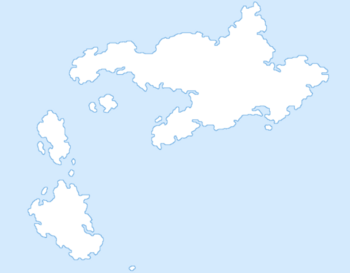The Kingdom of Astrium
The Kingdom of Astrium | |
|---|---|
| Motto: Deus, Rex, et Patria God, King, and Country | |
| Anthem: Land of Hope and Glory | |
 | |
 | |
| Capital and largest city | Doldister |
| Official languages | Astrian |
| Ethnic groups | Astrian |
| Demonym(s) | Astrian |
| Government | Constitutial Monarchy |
• His Majesty the King | King Alster I |
• High Minister | Lord Harold Fornson |
| Legislature | His Majesty's Council of the Kingdom |
| The Regional Chamber | |
| The Kingdom Chamber | |
| Establishment | |
• Proclamation of Kingdom | 1274 |
| Population | |
• 2022 estimate | 42,000,000 |
• 2017 census | 41,800,000 |
• Density | [convert: invalid number] |
| GDP (nominal) | TBC estimate |
• Total | TBC |
• Per capita | TBC |
| HDI (2022) | 0.77 high |
| Currency | Astrian Pound |
| Date format | dd-mm-yyyy |
| Driving side | left |
| Calling code | +93 |
| Internet TLD | .as |
The Kingdom of Astrium
History
The Coronation of King Alster I
King Alster I was coronated on the 10th of June 1994, a day of pomp and ceremony to the greatest extreme to celebrate the long coming crowning of the victorious monarch of the Astrian Civil War. Alster I gained his popularity through rallying the loyalist forces at the beginning of the civil war, where he admirably led the armies to victory all over the Astrian Isles. The 10th of June is a date that will be remembered for centuries as the day where the great king Alster I is affirmed as the glorious leader of the Kingdom.
Astrian Civil War 1986-1993
The Astrian Civil War broke out on the 19th April 1986, when the parliament building of Astrium, in Doldister, was stormed by the Revolutionary forces who detonated a bomb that killed the then king Fredrick IV and his High Minister, Lord Adam Falstirm. This act sent shockwaves through the Kingdom that resulted in the organised uprisings of Revolutionary forces all over the Astrian Isles, from here the leaders of Communists, Anarchists, and Republicans joined their manpower and revolts into one organised power that would stand a chance against the government and the Royal Armed Forces.
The conflict lasted until the 15th October 1993 when King Alster I forced the disgraced Adil Charles and Willard Travis to sign the Treaty of Bellington that officially ended the state of war between the two sides. Soon after, King Alster I made a speech on the ending of the war, stating that the kingdom had entered a new age and that with the it has been reborn through fire, but now there can be peace, security, and prosperity for all subjects of the kingdom.
Proclamation of Kingdom 1274
On the 28th of August 1274 King Helwin the Founder declared the creation of the Kingdom of Astrium after the unification of the Kingdom of Astiley and the Kingdom of Altney. Preceding this event was the campaign against the smaller powers in their respective parts of the Astrian Isles by both Astiley and Altney. A formal government was set up soon after the proclamation that administered the kingdom for the entirety of King Helwin the Founder's reign.
Politics and Government
Government Organisation
Foreign Relations
Geography
Climate
Environment
Military
The Royal Armed Forces of Astrium contain roughly around 850,000 personnel in the main three branches of the military. The Defense Ministry of Astrium holds its Headquarters on the Island of Caprusia where from there it controls all operations at home and abroad. The Armed Forces are under direct control of the monarch, whom they pledge further allegiance to when they are inducted into the military.
Royal Astrian Army
The Royal Astrian Army is made up of many different battalions formed at various times throughout the history, the earliest of which being the King's Spears formed in 1288. As of 2023 has 450,000 active and 125,000 reserve personnel.

